People from around the world flock to Korea to experience the Gwangju World Kimchi Culture Festival, held every November in Gwangju. This vibrant festival celebrates kimchi, Korea's beloved national dish, offering a unique opportunity to dive into its cultural significance and enjoy various kimchi-related activities.
Visitors to the Gwangju World Kimchi Culture Festival can enjoy a kimchi mukbang, attend kimchi cooking classes, and visit the World Institute of Kimchi Museum, which covers the history and art of kimchi-making.
The festival also features performances such as traditional Korean fusion dances and modern B-boy shows, providing entertainment for everyone to enjoy.
Taking place over 3-4 days, the festival attracts kimchi lovers and curious travelers alike. Attendees can participate in a kimchi-mixing competition and enjoy a kimchi photo exhibition.
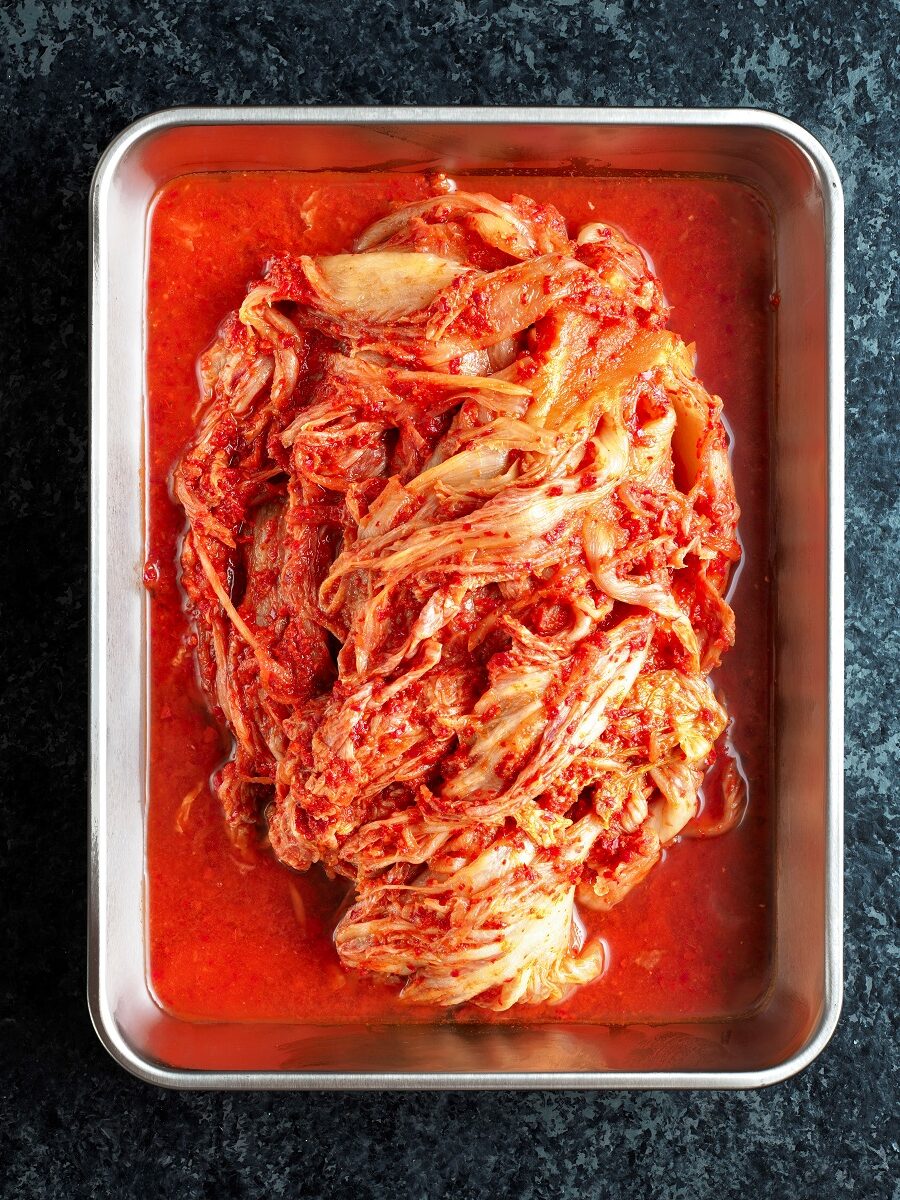
Jump to:
⌛ History of the Kimchi Festival
Origins of Kimchi
Kimchi has been around for centuries, originating in ancient Korea as a way to preserve vegetables during the long winters. Originally, kimchi consisted of simply salted vegetables, but over time, the recipe evolved to include chili peppers, garlic, and fish sauce, giving kimchi its distinct flavor.
Kimchi's history is deeply tied to Korean culture, emphasizing communal meals and family traditions. This cultural and historical significance makes kimchi more than just a food; it's a symbol of Korean heritage.
Growth of the Gwangju Festival
The Gwangju World Kimchi Culture Festival, which started in 1996, has become one of South Korea's most popular events. Held annually in November, the festival spans 3-4 days and draws thousands of visitors. It's not just about eating kimchi; it’s a celebration of the culture and community that surrounds it.
The festival features various activities, including kimchi-making sessions, cultural performances, and cooking competitions, with special sessions for foreigners, making it an international event. The festival aims to promote Korean food and culture and has played a significant role in putting Gwangju on the global map.
Kimjang Tradition
Kimjang is the traditional Korean practice of preparing and sharing large quantities of kimchi, usually in late autumn. It involves the whole community, with families gathering to make enough kimchi to last through the winter, turning it into a communal and festive event.
Kimjang, the traditional Korean practice of making and sharing kimchi, was designated as a UNESCO Intangible Cultural Heritage in 2013. The Gwangju World Kimchi Culture Festival includes kimjang sharing events where participants make kimchi to donate to underprivileged families. This act of sharing underscores the festival’s focus on community and compassion, highlighting the enduring spirit of the kimjang tradition.
By bringing together history, cultural practices, and community spirit, the Gwangju World Kimchi Culture Festival offers a unique glimpse into the heart of Korean culture.
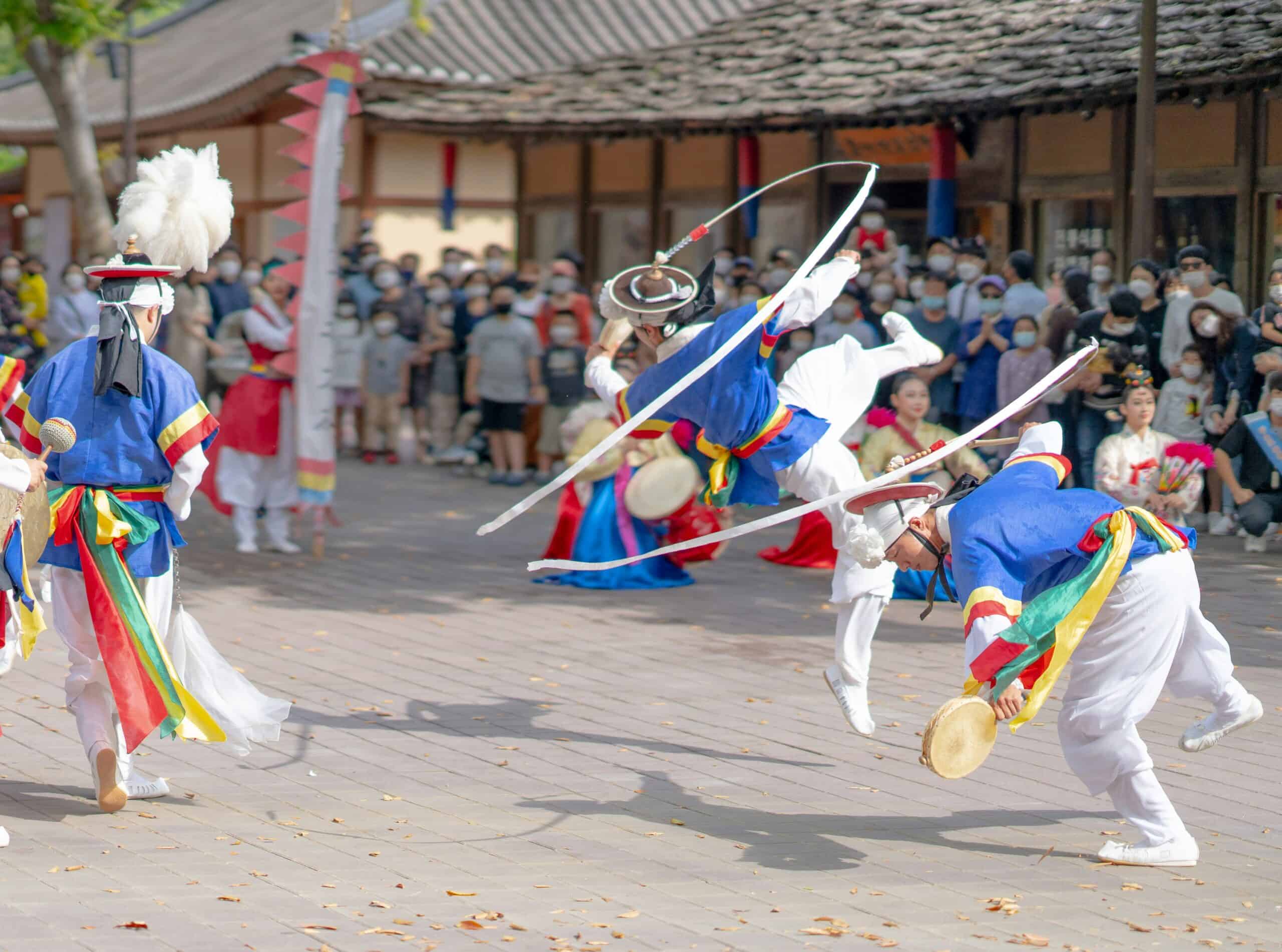
📜 The Festival as a Cultural Trend
The Gwangju World Kimchi Culture Festival has grown significantly, becoming a major cultural trend in South Korea. Held annually in Gwangju, this event celebrates kimchi through various activities like cooking contests, workshops, and tastings.
Visitors can learn about the history and cultural importance of kimchi while also enjoying entertainment such as traditional music and dance.
The festival draws both locals and tourists, emphasizing the global spread of Korean cuisine and culture. This event not only promotes kimchi but also underscores the communal and festive aspects of Korean society.
By participating, people experience firsthand the cultural heritage and contemporary trends surrounding this beloved dish, making the festival a renowned celebration in Korea.
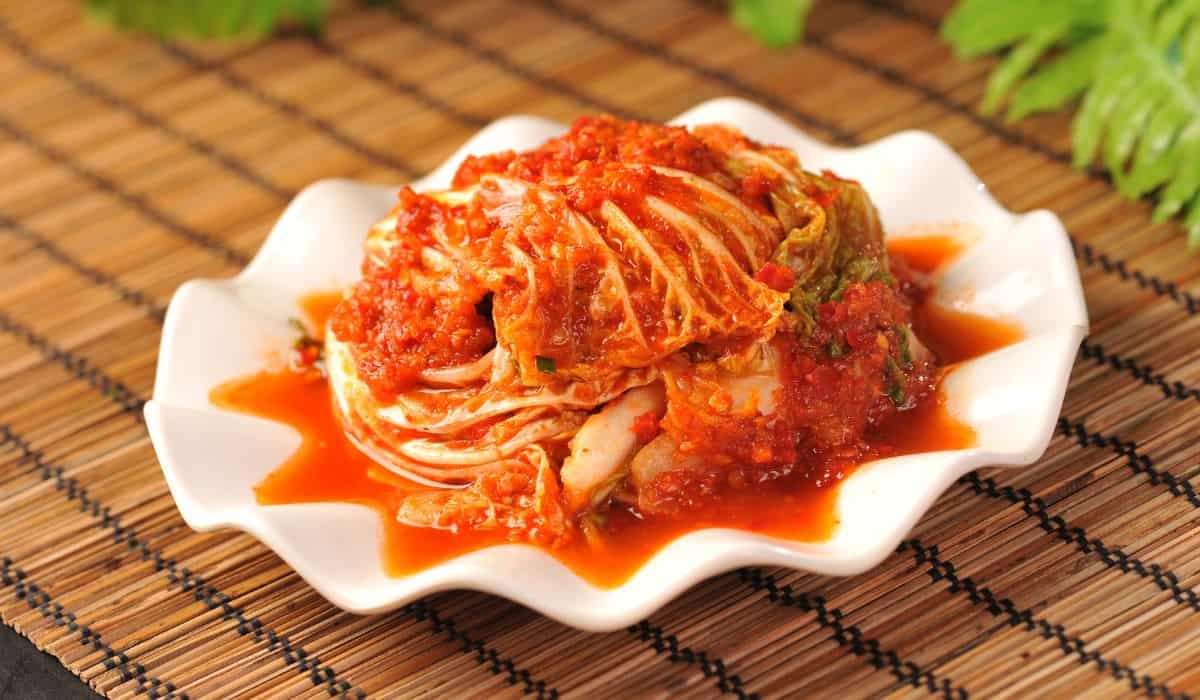
👨🍳 Culinary Highlights
The Gwangju World Kimchi Culture Festival showcases the diverse and rich culinary traditions of kimchi. Visitors can learn about the unique ingredients and flavors, the intricate kimchi-making process, and explore the many variations of this beloved Korean dish.
Ingredients and Flavors
Kimchi is made from a variety of ingredients, each contributing to its distinct taste. The primary ingredient is usually Napa cabbage, though radish is also popular. Other vegetables like cucumbers and green onions are commonly used as well.
Seasonings such as garlic, ginger, and salt bring robust flavors and aid in the fermentation of kimchi. Red pepper flakes provide its signature spicy kick, while salted fish or shrimp paste adds umami. Glutinous rice paste is often used to help integrate the flavors.
These ingredients, combined and fermented, create a dish that's tangy, spicy, and slightly sweet.
Kimchi-Making Process
The kimchi-making process, known as kimjang, involves several steps.
First, cabbage is salted and left to wilt for a few hours. This helps draw out water and makes the cabbage more pliable. Meanwhile, a seasoning mix is prepared, usually involving red pepper flakes, garlic, ginger, and salted fish.
Once the cabbage is prepared, it's rinsed and mixed with the seasoning. The mixture is then packed tightly into containers and left to ferment at room temperature for a few days before being moved to a cooler place to continue fermenting. This process develops the rich flavors and probiotics that kimchi is known for.
Diverse Variations of Kimchi
Kimchi comes in many variations, each with its own twist.
There are over 100 types of kimchi, including baechu kimchi (fermented cabbage), kkakdugi (cubed radish kimchi), and oi sobagi (stuffed cucumber kimchi). These variations might differ in their primary vegetables or seasoning blends.
For instance, baechu kimchi focuses on cabbage, while kkakdugi uses radishes and often has a crunchier texture. White kimchi, known as baek kimchi, is a milder, non-spicy version, omitting red pepper flakes altogether.
Each type offers a unique taste, making kimchi a versatile and exciting part of Korean cuisine. Exploring these different kinds is a highlight for festivalgoers, providing a deeper appreciation for the art of kimchi.
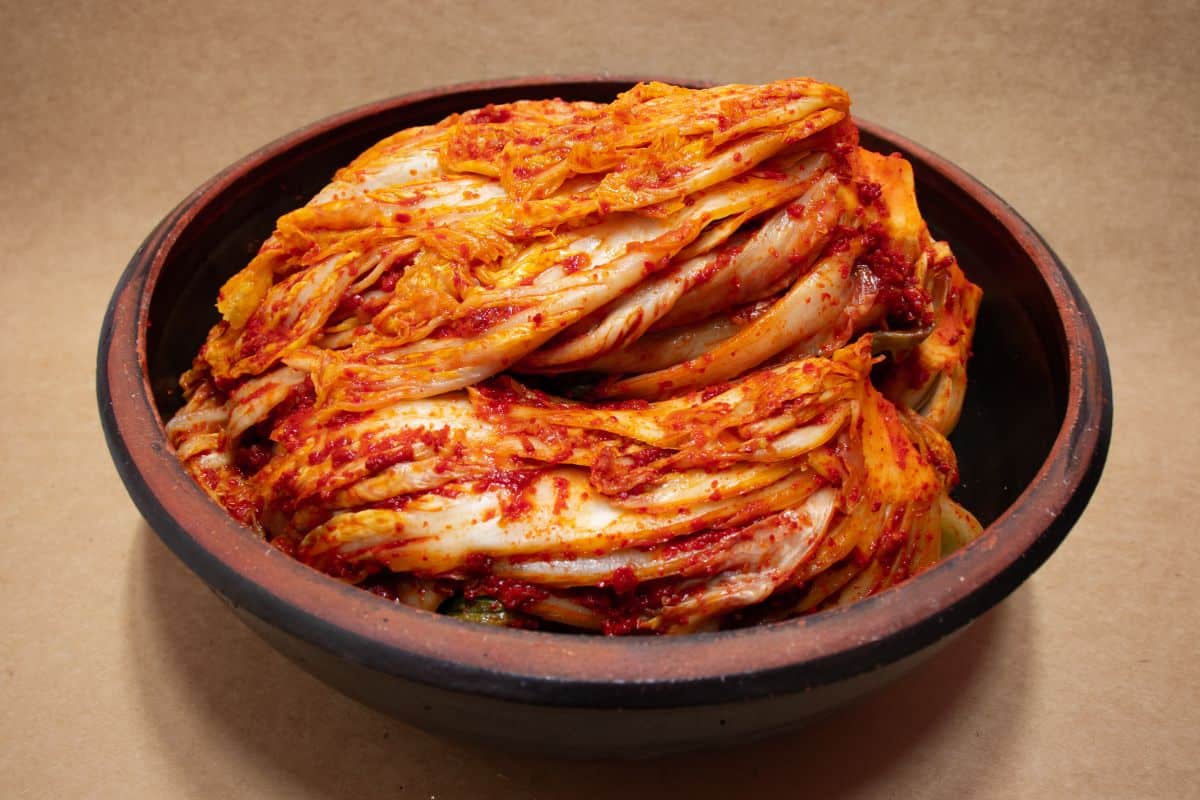
🩺 Health and Nutrition
Benefits of Kimchi
Kimchi is rich in essential vitamins and minerals. It contains Vitamin C, which helps boost the immune system, and Vitamin K, which is important for blood clotting and bone health. Additionally, kimchi is a good source of iron, which is crucial for transporting oxygen in the blood.
This fermented vegetable dish also has high levels of antioxidants, which help to reduce inflammation and may lower the risk of chronic diseases, such as heart disease and certain cancers.
The fermentation process enhances these benefits by increasing the availability of nutrients and adding beneficial probiotics, which are good for gut health.
Low-Calorie Probiotic Power
One of the best things about kimchi is its low calorie count, making it a smart option for those looking to maintain or lose weight. On average, one serving of kimchi has only about 30 calories, yet it’s filling due to its high fiber content.
The fermentation process of kimchi not only adds a tangy flavor but also introduces beneficial probiotics. These probiotics aid in digestion, boost the immune system, and help maintain a healthy gut microbiome. Regular consumption of kimchi might lead to improvements in digestion and overall gut health.
The combination of fermented vegetables and probiotics makes kimchi a unique superfood that supports various bodily functions, including reducing inflammation and enhancing nutrient absorption, making it a standout addition to any diet.
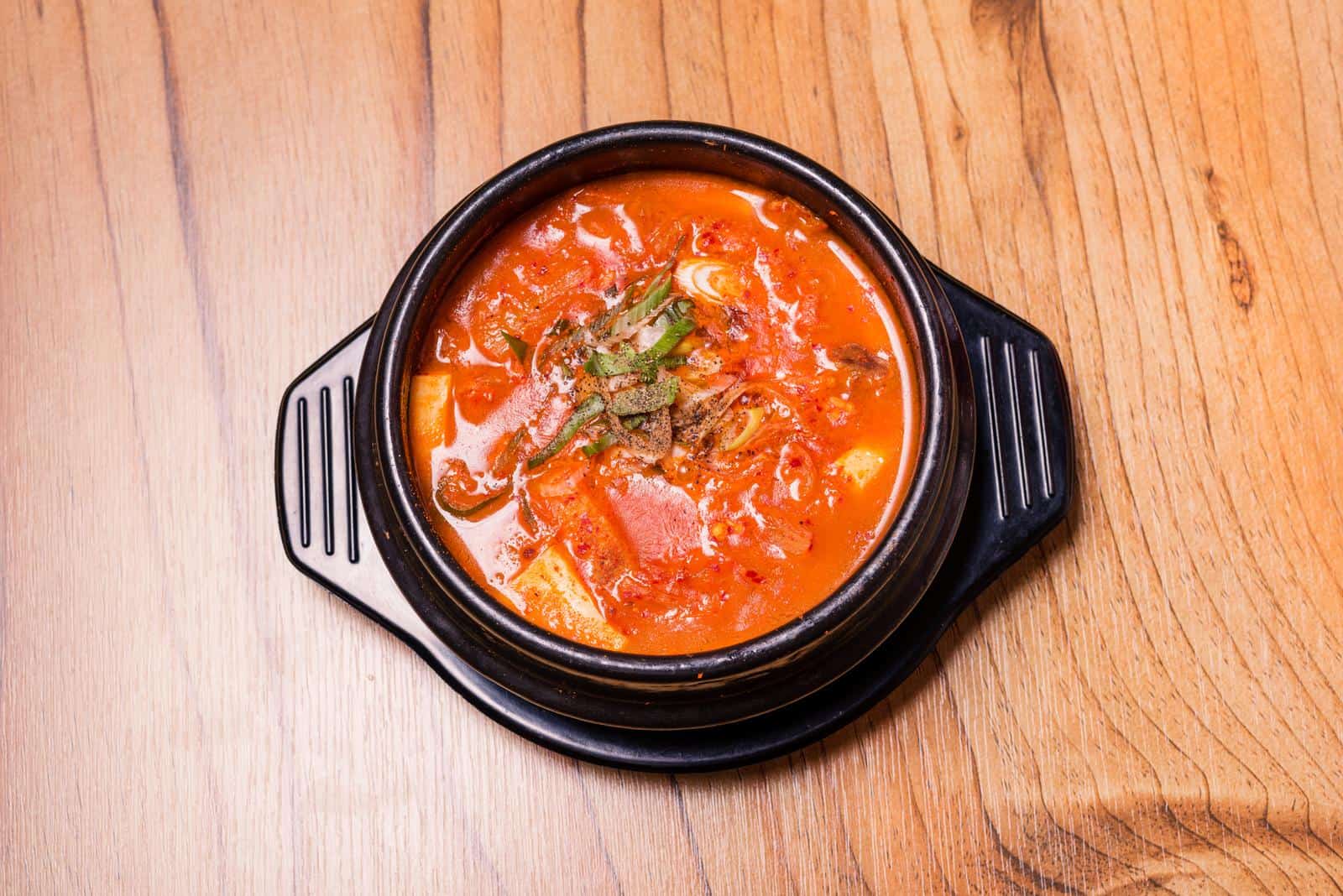
🎊 Festival Events and Activities
Kimchi-Making Competitions
The kimchi-making competitions are a key highlight of the festival. Participants come from all over to showcase their skills. Both locals and foreigners are welcomed, with specific sessions catered to international visitors.
These competitions aren't just about making kimchi; they focus on creativity and technique. Each session hosts around 80 participants, totaling up to 720 across the 9 sessions.
There's a small fee of 5,000 KRW (〜$4USD) to join. Winners often receive certificates and sometimes even prizes from local sponsors, making it a thrilling event to watch or participate in.
Cooking Demonstrations by Celebrity Chefs
Cooking demonstrations by celebrity chefs provide another exciting element to the festival. Chefs like Edward Kwon and Lee Hye-Jung often grace the stage, sharing their unique approaches to kimchi and Korean cuisine.
These demonstrations often include live cooking, where chefs prepare dishes step-by-step, sharing tips and answering questions from the audience. It's an excellent opportunity to learn from the best and get inspired. The chefs sometimes even invite attendees to join them on stage, making it an interactive experience.
Attendees can expect to see a variety of cooking techniques and recipes that highlight the versatility of kimchi. It's a must-see event for anyone interested in Korean cooking.
🌎 International Participation
Globalization of Kimchi
Kimchi’s presence is growing in international markets. Events spotlight different types of kimchi, bringing together enthusiasts from the U.S., Canada, France, Italy, and Turkey.
The exchange of culinary traditions highlights how versatile kimchi can be. Global recognition increases as chefs and food critics introduce kimchi recipes in their own countries, making it a staple far beyond Korea.
Worldwide Fans and Chefs
The festival draws chefs and food lovers from around the world. Figures from the U.S., Canada, and Iran often attend to share and learn new techniques.
Brazil and Russia are also represented, with food shows and cooking contests that celebrate kimchi’s unique flavors. Renowned chefs demonstrate their own kimchi-inspired dishes, fostering a deep appreciation for this fermented delicacy.
Promotional Projects Abroad
The promotion of kimchi extends beyond South Korea, with initiatives like the Kimchi Bus Project traveling to countries such as Turkey, France, and Italy to share the flavors and culture of this iconic dish.
This initiative introduces kimchi through cooking classes, tastings, and cultural exchanges. It aims to strengthen the global community by sharing the cultural significance and health benefits of kimchi, thus fostering international interest and appreciation.
📍 Local Attractions
Kimchi Town and Museum
Kimchi Town is a must-see. This theme park is dedicated to kimchi, South Korea's iconic dish. Visitors can walk through exhibits, see different types of kimchi, and even make kimchi themselves.
The Kimchi Museum offers a deep dive into the history and cultural significance of kimchi. Displays include ancient pottery like onggi, which is used traditionally for fermentation.
Interactive experiences, such as trying on traditional Hanboks and making kimchi alongside experts, make it both educational and fun. It’s a great spot for families and culture enthusiasts.
Gastronomy Tours
For food lovers, Gwangju offers unique gastronomy tours. These experiences let visitors sample local cuisine beyond kimchi. Participants can visit markets, try traditional dishes, and learn cooking techniques from local chefs.
One highlight is the guided tours during the Gwangju World Kimchi Culture Festival, which offers tastings of various kimchi styles.
Some tours also provide insights into modern kitchen innovations like kimchi refrigerators. These specialized appliances ensure that kimchi ferments properly, preserving its taste and nutritional value.
Souvenir Shopping
No trip to Gwangju is complete without shopping for unique souvenirs. The city offers a range of keepsakes, from traditional crafts to kimchi-themed items. Local markets and shops near the festival site feature handmade goods, pottery, and dried foods.
Don’t miss picking up kimchi or related products to take home. Packaged kimchi, kimchi sauces, and even kimchi-flavored snacks are available. These make great gifts and allow visitors to share a taste of Gwangju with friends and family.
In addition, you’ll find local arts and crafts, including items made from onggi clay, which is used in traditional Korean pottery. These unique pieces make wonderful collectibles.
❓ Frequently Asked Questions
Tickets for the festival can be bought on-site or through various online platforms. Be sure to visit the festival’s official website for more detailed information on ticket purchases and prices.
Visitors can engage in multiple kimchi-making activities, including sessions specifically catered to foreigners. Up to 720 participants can join throughout 9 sessions, and there’s a fee of 5,000 KRW. Cultural performances and kimchi tastings are also popular attractions.
The opening ceremony will feature traditional Korean fusion performances, modern B-boy dances, and even a kimchi mukbang (eating show). There will also be various kimchi-making workshops and activities for all ages to enjoy.

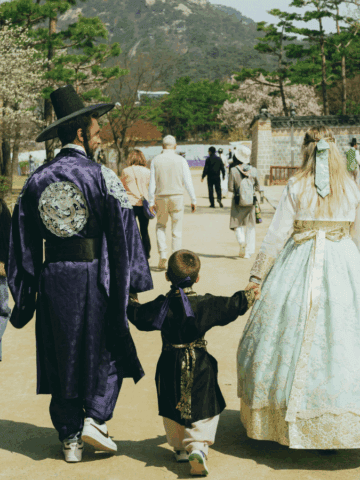
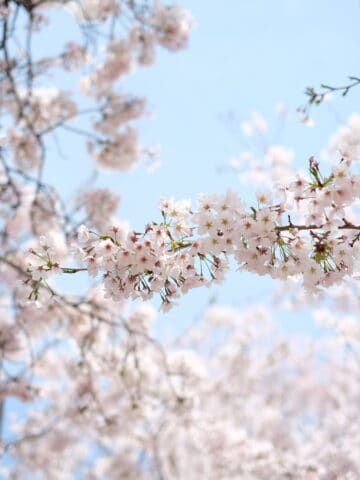
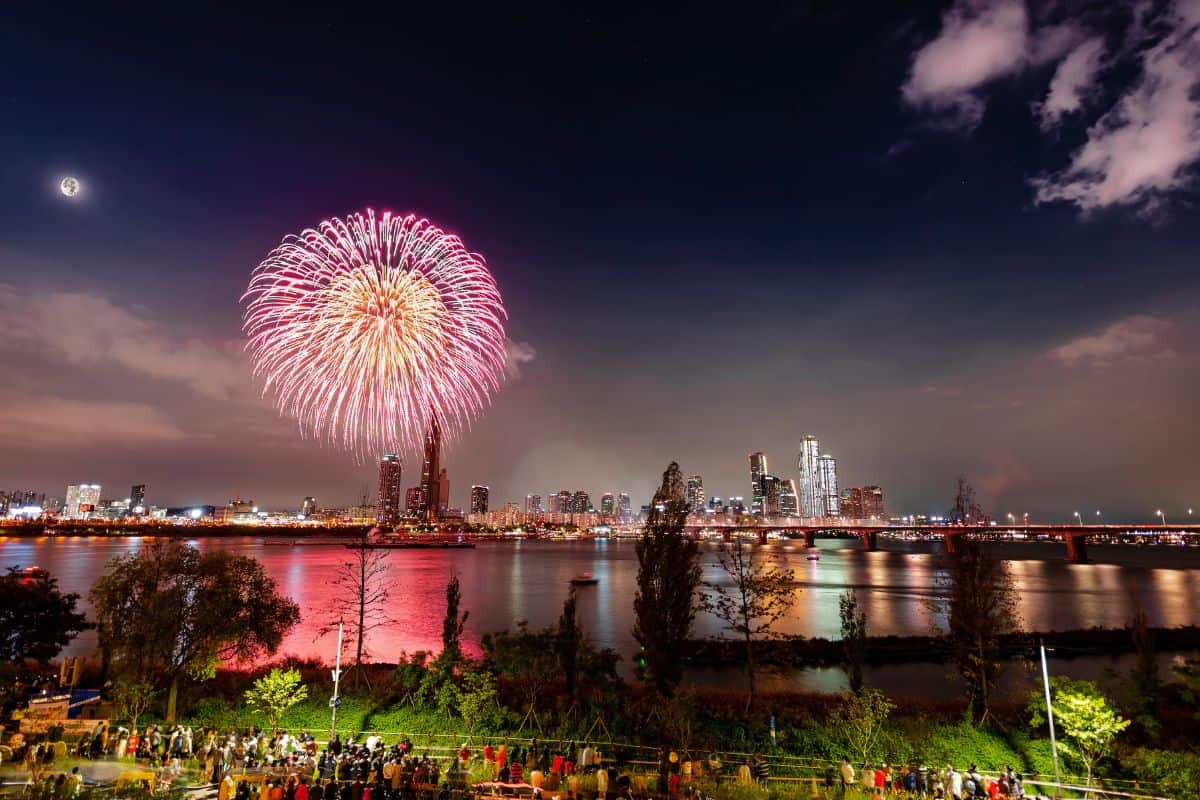

Comments
No Comments